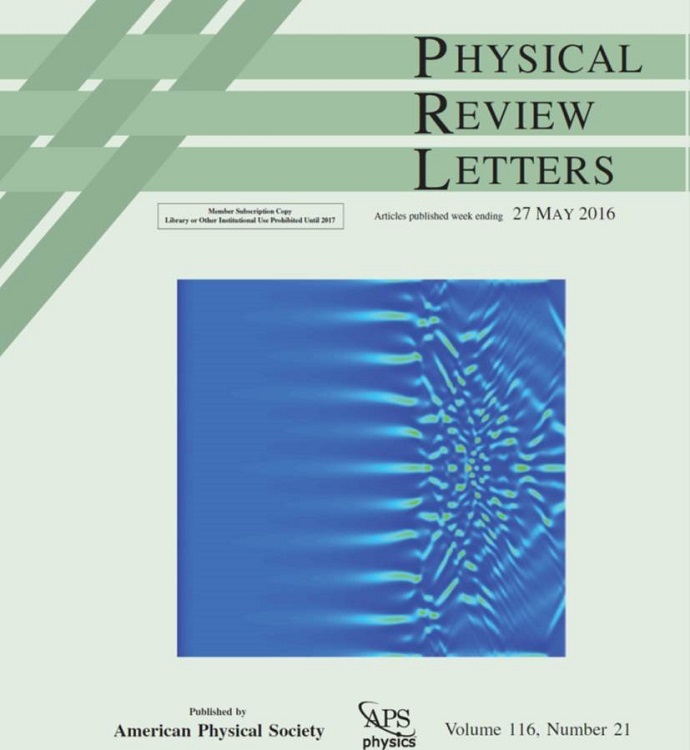01 June 2016
Laser operation is usually achieved through three basic elements: an amplifying medium, an external pumping setup, and an optical cavity that confines and shapes the emitted light in well-determined modes and directions. However, several modern approaches are extending this traditional laser paradigm into new avenues. Cavity-free stimulated emission of radiation has been widely studied in random lasers, where the optical cavity modes of traditional lasers are replaced by multiple scattering in disordered media. However, random lasers lack external tunability, reproducibility, and control over the spatial pattern of the output beam.
In a paper by Dr. Andrea Marini in the research group led by ICREA Professor at ICFO Javier Garcia de Abajo, appearing this week in Physical Review Letter (also the cover image), ICFO researchers theoretically demonstrate that a metamaterial consisting of randomly dispersed graphene nanoflakes embedded within an optically pumped gain medium (rhodamine 6G) can overcome these limitations. Thanks to the extraordinarily low intensity threshold of graphene saturable absorption, the emitted light is self-organized into a well-determined spatial pattern, which depends on the graphene flake density and can be externally controlled through the optical pump. Marini further demonstrates tunable laser operation ranging from stable single-mode to chaotic-like behavior. The metamaterial design holds great potential for the optical control of light amplification, as well as for the development of single-mode cavity-free lasers with engineered output beam.

Graphene-Based Active Random Metamaterials for Cavity-Free Lasing
ICFO on the cover of Physical Review Letters

ICFO on the cover of Physical Review Letters












